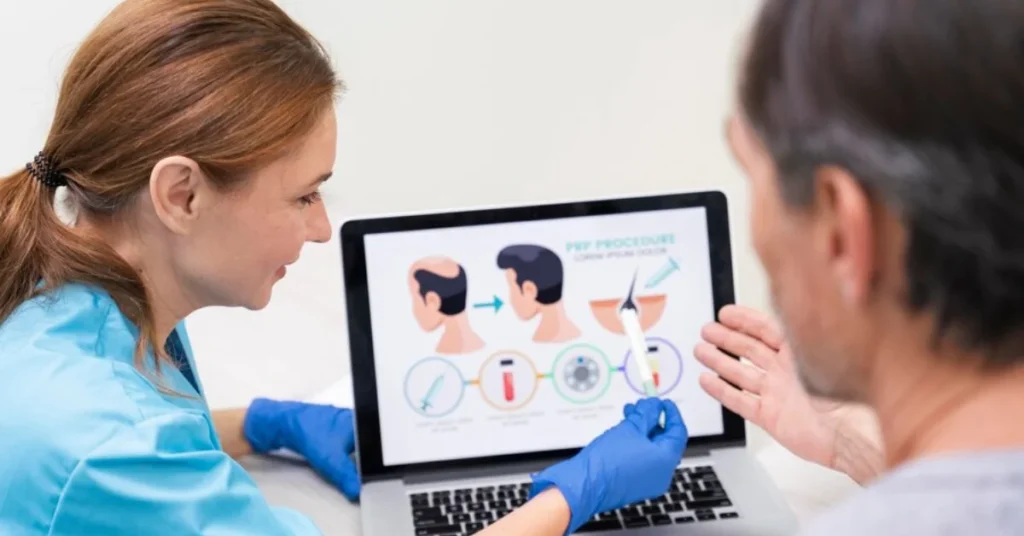Introduction to PPC in Plastic Surgery
Pay-per-click (PPC) advertising is a powerful tool for reaching potential customers in the rapidly evolving digital marketing landscape. For medical practices, including plastic surgery clinics, employing a plastic surgery PPC agency can be instrumental in attracting the right clientele. These agencies craft personalized campaigns highlighting a practice’s unique offerings.
PPC advertising allows practices to appear prominently in search results, ensuring immediate visibility to an audience actively seeking services. This marketing strategy is invaluable in a niche such as plastic surgery, where visibility and credibility often drive patient decisions. By leveraging PPC, practices can reach users at the crucial moment when they’re searching for services related to aesthetic enhancements.
Benefits of PPC Advertising for Surgeons
PPC advertising provides numerous advantages to plastic surgeons aiming to boost their online presence. One significant benefit is the ability to target specific demographics, enabling clinics to reach their ideal patient persona directly. As explained by Dr. Pollock, plastic surgery is a field where subtle refinements can make a real difference in a patient’s self-image and confidence, making targeted advertising beneficial and essential. With targeted ads, clinics can focus on individuals by age, location, and even interests, dramatically increasing the effectiveness of their campaigns. This focused approach enhances patient engagement, leading to higher conversion rates and appointment bookings.
Moreover, PPC offers transparency in tracking where every marketing dollar is spent, highlighting which ads drive leads and which need fine-tuning. Another key advantage is the immediacy of results. Unlike organic SEO, which can take months to show impact, PPC ads offer instant visibility, allowing practices to gauge their campaign effectiveness swiftly and make necessary adjustments. This real-time feedback loop enables practices to pivot quickly, adapting messaging and strategy for optimal results.
Crafting Effective PPC Strategies
Developing successful PPC campaigns requires strategic planning and execution. A foundational step is conducting thorough keyword research to ensure that ads reach those searching for specific plastic surgery procedures. Keywords should be relevant and align closely with the clinic’s services. Fine-tuning a list of broad and particular keywords allows practices to capture interest while limiting irrelevant clicks.
- Craft compelling ad copy that addresses patient needs and desires. Use language that resonates and instills trust in potential patients.
- Design cohesive landing pages with the ad content to enhance user experience and conversions. These pages should confidently reflect the brand’s voice and include calls to action that drive engagement.
Beyond these tactics, continuous testing is essential. A/B testing different headlines, descriptions, and keywords can significantly improve campaign performance. Understanding which elements work best for the target audience will allow practices to optimize spending for maximum impact.
Tools and Metrics for Monitoring Success
Monitoring and analyzing PPC campaigns is vital for ongoing success. Various tools, such as Google Analytics and other PPC analytics platforms, provide insights into key metrics like click-through rates (CTR), conversions, and return on investment (ROI). These metrics help evaluate campaign performance and make data-driven decisions.
Regularly reviewing these metrics allows for adjustments that enhance ad performance and increase return on ad spend. By analyzing this data, practices can identify trends and opportunities, informing strategic adjustments that keep campaigns agile and efficient. Understanding user behavior through analytics also empowers ad targeting and overall strategy improvements.
The Role of SEO Alongside PPC
While PPC provides immediate results, it is essential to consider the role of SEO in a comprehensive digital marketing strategy. Together, PPC and SEO can enhance overall visibility, improving the chances of capturing potential patients’ interest across various stages of their decision-making journey. SEO builds credibility and enriches the user experience, whereas PPC boosts visibility, particularly for high-intent searches.
Integrating these two strategies ensures a steady traffic flow and helps maintain a practice’s presence in paid and organic search results. This synergy positions clinics to effectively reach and convert prospects, especially those in the research phase of their journey. Combining SEO with PPC creates a robust marketing strategy supporting sustained growth.
Future Trends in PPC for Plastic Surgery
The future of PPC in plastic surgery is poised for exciting developments due to technological advancements and shifting consumer behaviors. AI and machine learning are increasingly automating and optimizing campaigns, which can lead to more effective targeting. As technology evolves, practices can expect more intuitive bidding algorithms and innovative ad placements.
Keeping an eye on these trends will be crucial for practices that wish to remain competitive in this dynamic environment, utilizing technological advancements to refine their marketing strategies further. Understanding emerging trends and adapting promptly will be critical for clinics that maintain cutting-edge marketing approaches that drive measurable results.







